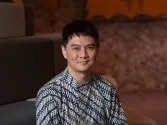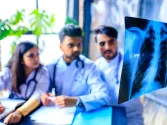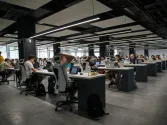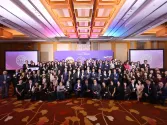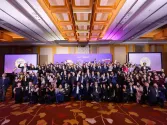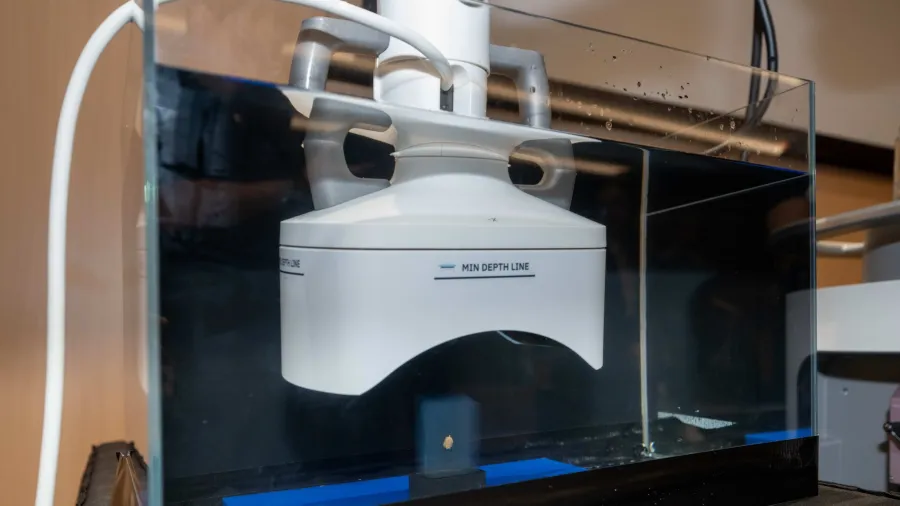
Singapore trials therapy that kills cancer using sound and water
The treatment may be submitted for regulatory approval for some liver cancer patients.
Singapore will begin clinical trials in the second half for a noninvasive treatment that uses microbubbles to destroy liver tumours in patients who can’t be operated on.
The trial will assess tumour response to HistoSonics, Inc.’s histotripsy system after six months, and monitor possible complications, Brian Goh, head of hepatopancreatobiliary and transplant surgery at the National Cancer Centre Singapore (NCCS) and Singapore General Hospital (SGH), told Healthcare Asia.
“If the results are positive, we will apply for the necessary approvals for treatment,” he said in an emailed reply to questions.
Forty patients at SGH and NCCS will be enrolled in the trial, and they must be over 21, with tumours fewer than 3 centimetres long, Goh said.
The procedure will be performed under general anaesthesia, with most sessions completed in 30 minutes, he added.
Liver cancer was the third-most common cause of cancer death amongst Singaporean men from 2018 to 2022, according to the annual report of the Health Promotion Board’s Singapore Cancer Registry.
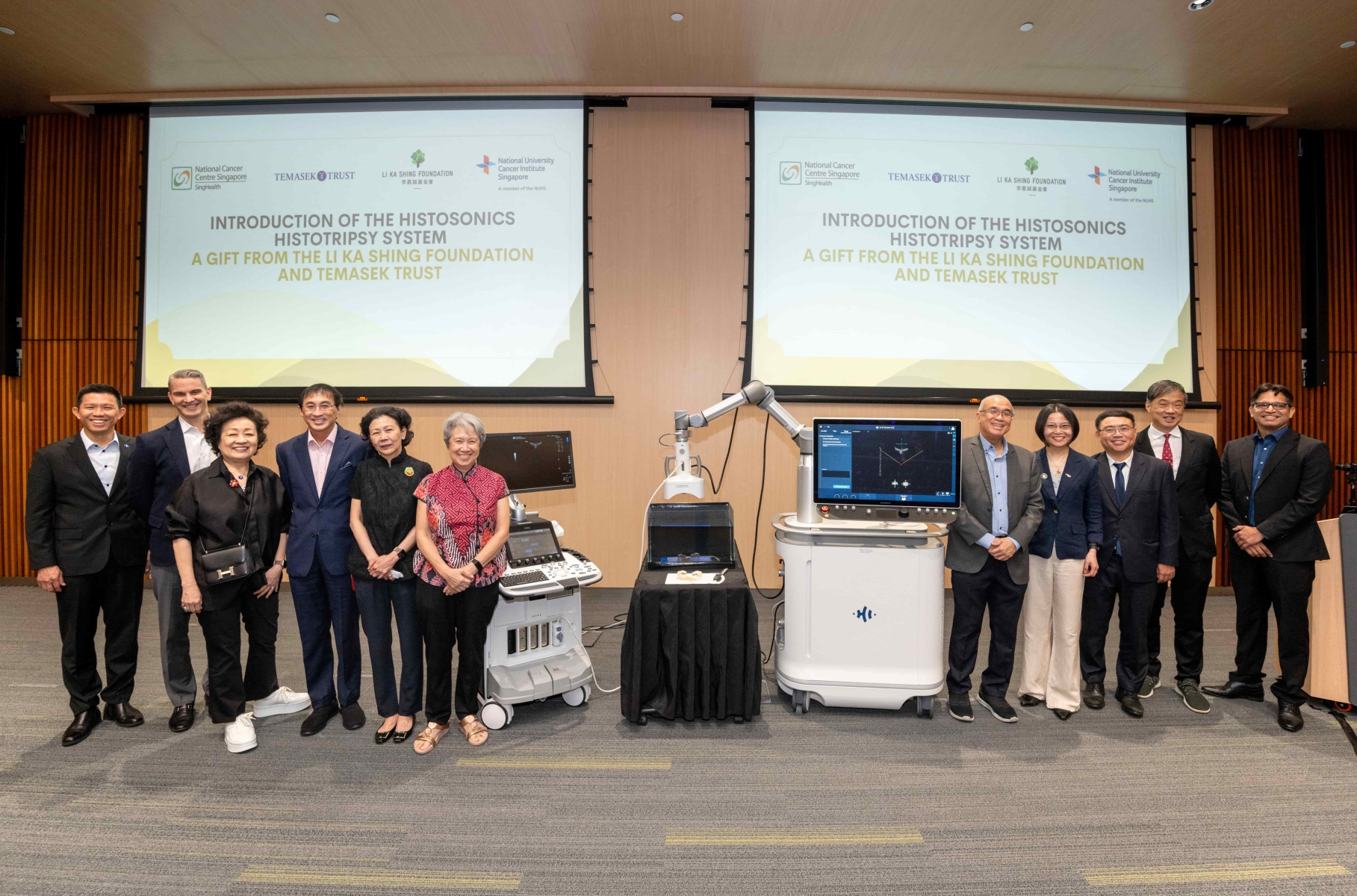
In April, the city-state’s first histotripsy system was donated by the Li Ka Shing Foundation and Temasek Trust to the NCCS and National University Cancer Institute, Singapore, as part of a $9.3m (S$12m) investment.
Unlike high-intensity focused ultrasound, which destroys tissue using heat, histotripsy relies on controlled microbubbles in the target area, said Zhen Xu, Li Ka Shing endowed professor of biomedical engineering at the University of Michigan.
“These microbubbles rapidly expand and collapse, mechanically breaking down the tissue without significant thermal effects,” she said in an emailed response.
Xu, who co-invented the platform and serves as scientific co-founder of HistoSonics, said the team had to design ultrasound equipment and study how sound-generated bubbles could safely destroy tumours. “It took our group at the University of Michigan 10 years.”
“Histotripsy uses microsecond-length ultrasound pulses at very high pressure,” she said. “This requires new instrumentation that did not exist commercially.”
Research is also being done on how histotripsy can treat hemorrhagic stroke and epilepsy. “We have built a prototype histotripsy device to noninvasively remove blood clots in the vessel for cardiovascular diseases.”
An all-in-one transcranial device, which stimulates brain activity through the skull, is also being tested, she added.
Meanwhile, data shows the treatment’s potential to enhance immune response against cancer, said Glenn Bonney, a senior consultant at the Division of Hepatobiliary and Pancreatic Surgery at the Department of Surgery of National University Hospital and the Division of Surgical Oncology, National University Cancer Institute, Singapore .
“Local control of liver disease in this setting would be a new option for treatment,” he said via email. “This technique may also enhance other treatment strategies such as immunotherapy.”
Bonney expects the national recruitment to be completed within a year.
If successful, histotripsy may be submitted for regulatory approval as a treatment for some liver cancer patients.
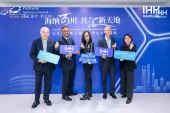
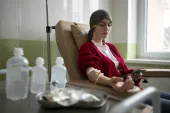
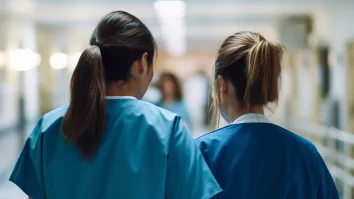

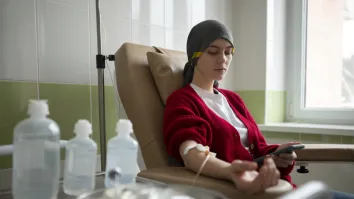
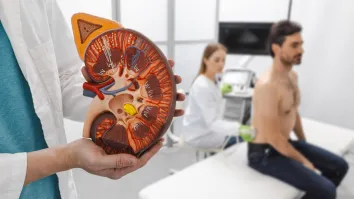
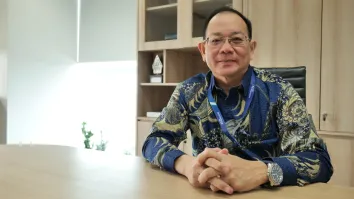
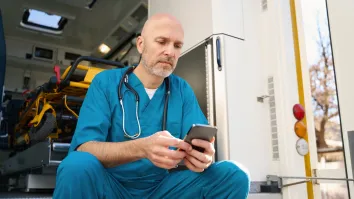
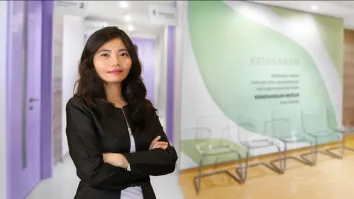
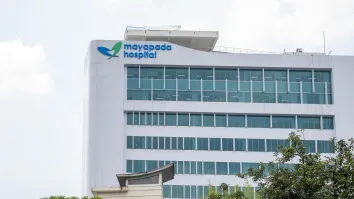
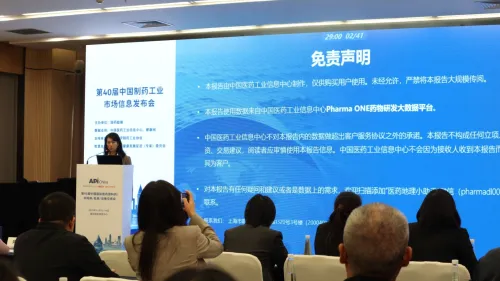
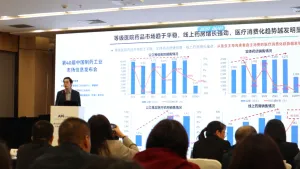
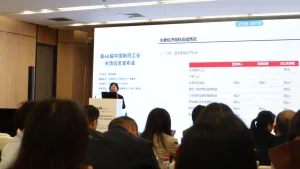
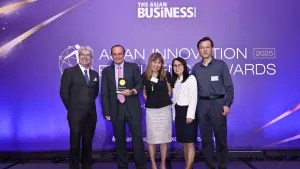
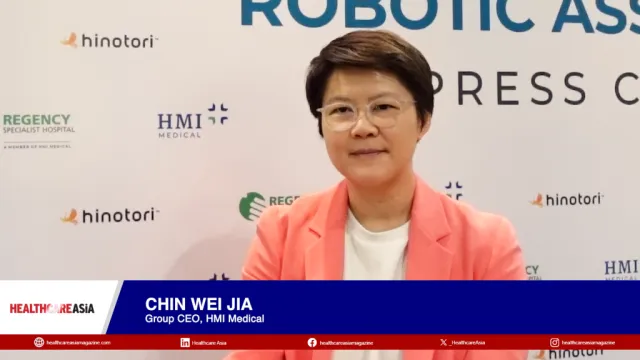
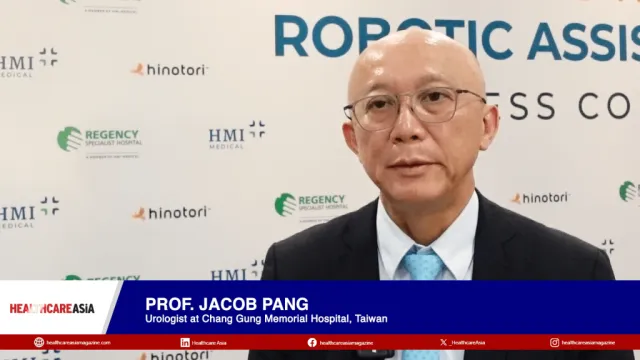
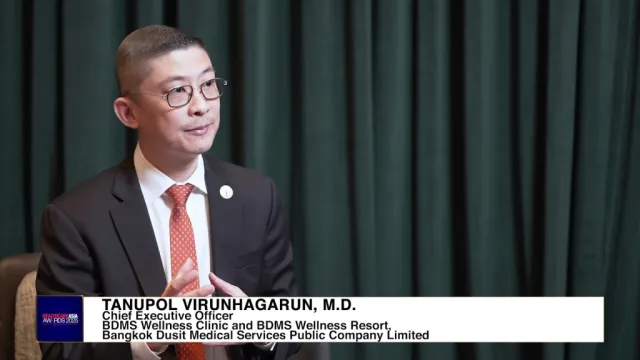
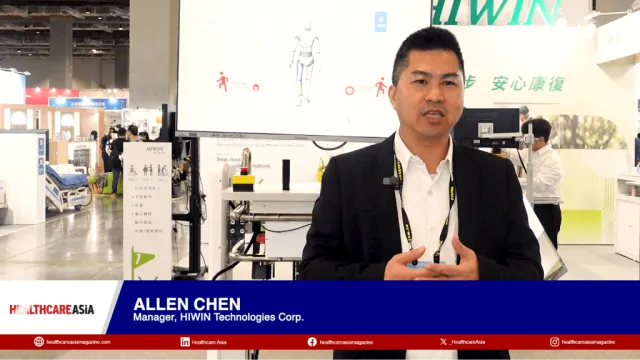
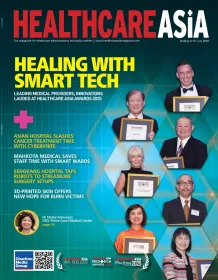
 Advertise
Advertise

